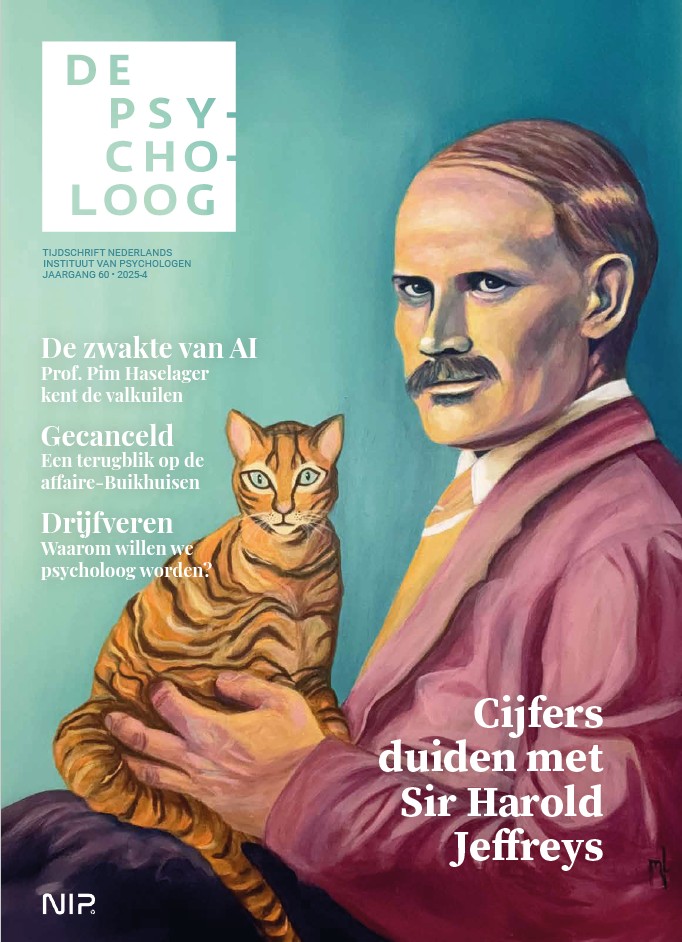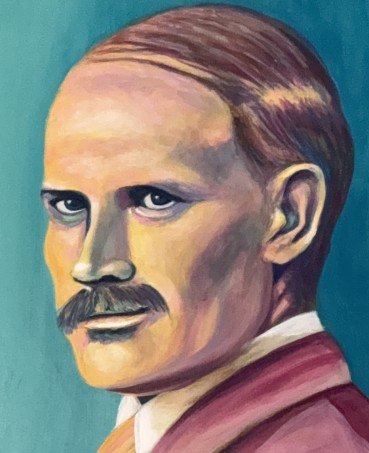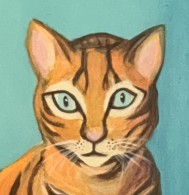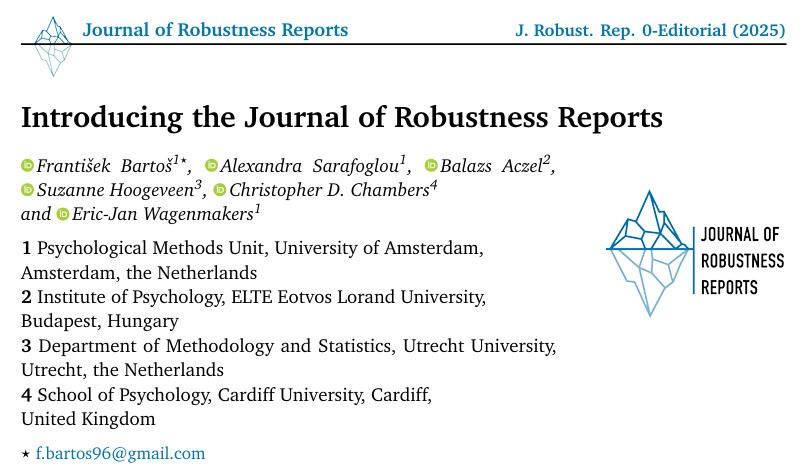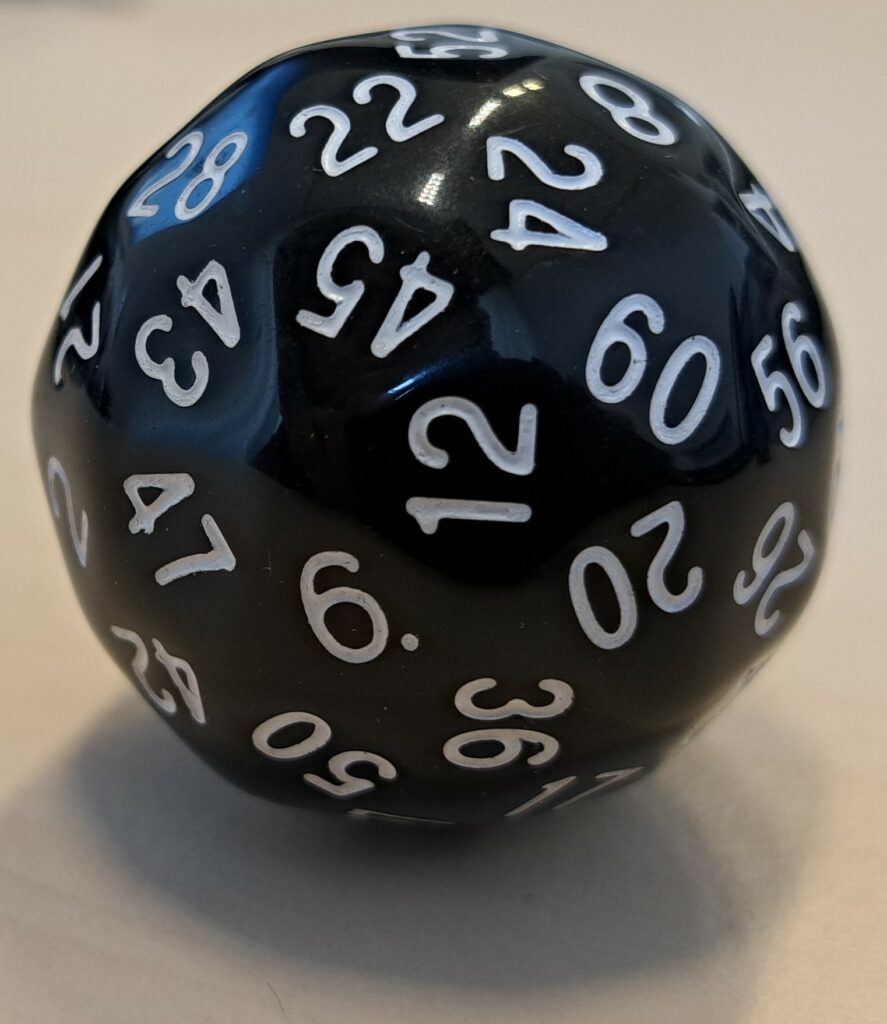“The idea is brilliant and relevant”

A few months ago I submitted a project on open-science for the so-called OSCARS Open Call. Today I received a three-sentence evaluation. The first sentence of the feedback started as follows: “The idea is brilliant and relevant” (and from there it did not go downhill much). Scores on the various dimensions deemed “brilliant and relevant” were 2, 2, 2, 1.5,…
read more

